


The Collection includes more than 250 textiles, embroideries, carpets and costumes from across the Islamic lands dating from the 6th to the 19th centuries. This volume is in two parts, the first covering early Central Asia, Iran and Egypt, the Ottoman Empire and North Africa; the second covering later Iran and Central Asia, as well as India.
The earliest textiles, of c. 6th century date, show Sasanian influence, while a group of Abbasid and Fatimid tiraz bands represent the emergence of an alternative tradition. More outstanding artistically are the Safavid and Ottoman gold brocades and velvets, and individual pieces such as a section of a silk and silver chasuble from Ottoman Bursa. A beautiful group of woven silks from Sultanate and Mughal India is of particular importance. The ‘classical’ carpets include examples from Mamluk, Safavid, Ottoman and Mughal royal workshops. Notable among the Ottoman carpets is a spectacular star Ushak. The Iranian carpets include a 16th-century Kashan medallion type in near perfect condition.
The Collection is particularly rich in costumes, not often represented in other collections. These range from Ottoman shirts painted with talismanic inscriptions to the famous Kashmir shawls to some spectacular ikat coats and embroidered mantles from 19th-century Central Asia.
Dr Steven Cohen – Independent textile historian, researcher, lecturer and writer specialising in the carpets and textiles of the Indian subcontinent
The Late Georgette Cornu – Specialist in the technical analysis of textiles from the Arab world
Jacqueline Coulter – Formerly a Senior Director at Sotheby’s, London; specializes in carpets and textiles of the Islamic world
Professor Walter B. Denny – Professor of Islamic Art, University of Massachusetts, Amherst; Charles Grant Ellis Research Associate in Oriental Carpets, The Textile Museum, Washington, D.C.; specialist in Ottoman arts and Islamic carpets and textiles
Dr Layla Diba – Former Director, Negarestan Museum, Tehran; former Hagop Kevorkian Curator of Islamic Art, Brooklyn Museum of Art, New York; independent curator and art advisor, with a special interest in the arts and culture of Qajar and modern Iran
Shireen Ellinger is Deputy Curator, Khalili Collection, with special interest in Mamluk textiles.
Hero Granger-Taylor – Historian of early textiles, London; recent work centres on excavated finds, particularly from desert sites in Egypt and the Near East
Rahul Jain – Textile researcher and historian, New Delhi; specialist in technical and historical aspects of the Indian drawloom, the woven silks of Sultanate India, as well as the court velvets, sashes and luxury fabrics of Mughal India
Marielle Martiniani-Reber – Chief Curator, Applied Arts Department, Musée d’art et d’histoire, Geneva; special interest in textiles of the Arab world
Mary McWilliams – Norma Jean Calderwood Curator of Islamic and Later Indian Art, Arthur M. Sackler Museum, Harvard University Art Museums; specialist in Safavid textiles
Nahla Nassar – Curator and Registrar, Nasser D. Khalili Collection of Islamic Art and the Hajj and the Arts of Pilgrimage Collection; special interest in the history of Islamic pilgrimage-related textiles
The late J.M. Rogers – Fellow of the British Academy; Honorary Curator, Nasser D. Khalili Collection of Islamic Art; Former Deputy Keeper of the Department of Oriental Antiquities, British Museum, London; inaugural Nasser D. Khalili Chair of Islamic Art and Archaeology, School of Oriental and African Studies, University of London; specialist in many aspects of Islamic culture and history, especially Seljuk and Ottoman arts
Milton Sonday – Former Curator of Textiles, Cooper-Hewitt Museum, New York; specialist in the structures and continuous patterns of textiles of all cultures
Dr Elena Tsareva – Leading researcher, Peter the Great Museum of Anthropology and Ethnography of the Russian Academy of Sciences, St Petersburg; specialist in textiles and costume of northern Eurasia
Marie-France Vivier – Head of the Magreb section, Musée du quai Branly, Paris; specialist in North African textiles
set of two parts; 574 pages (the set); fully illustrated in colour, section on technical analysis; hardback with dust jackets (slipcased); 36 × 26 cm; 2023; ISBN 978-1-874780-78-6
PURCHASE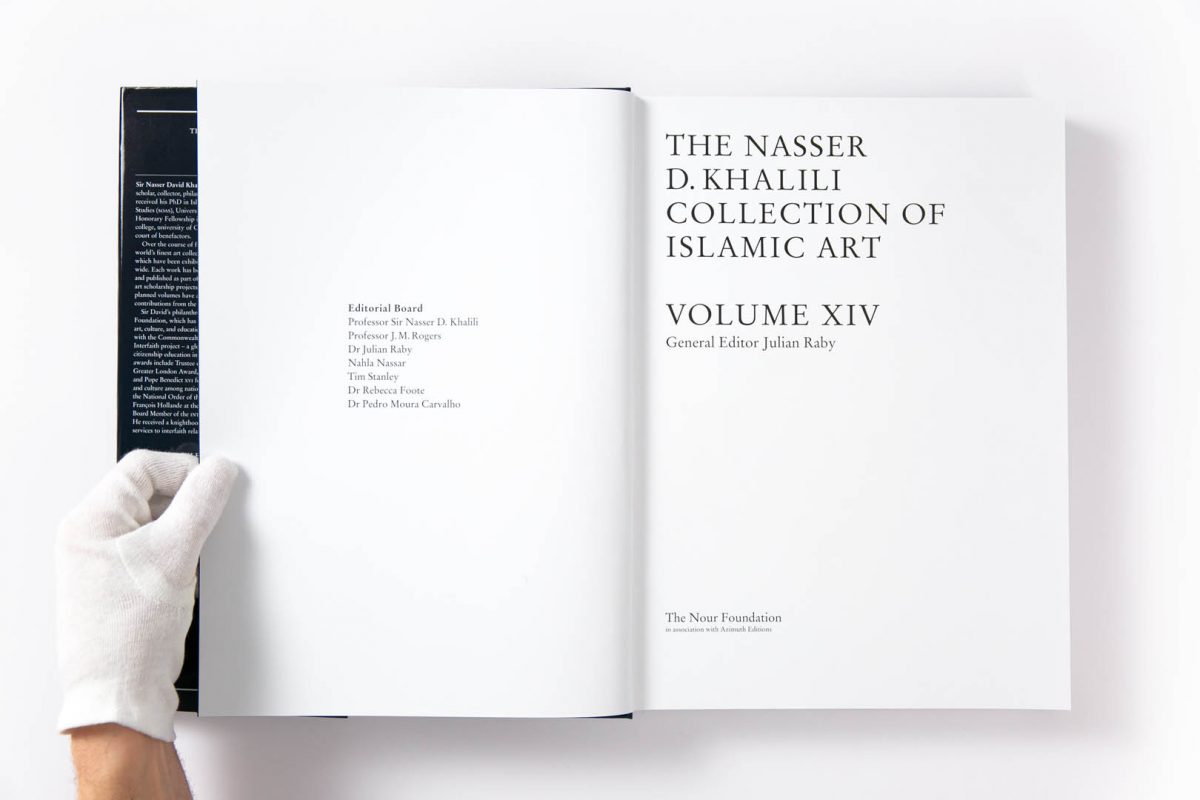
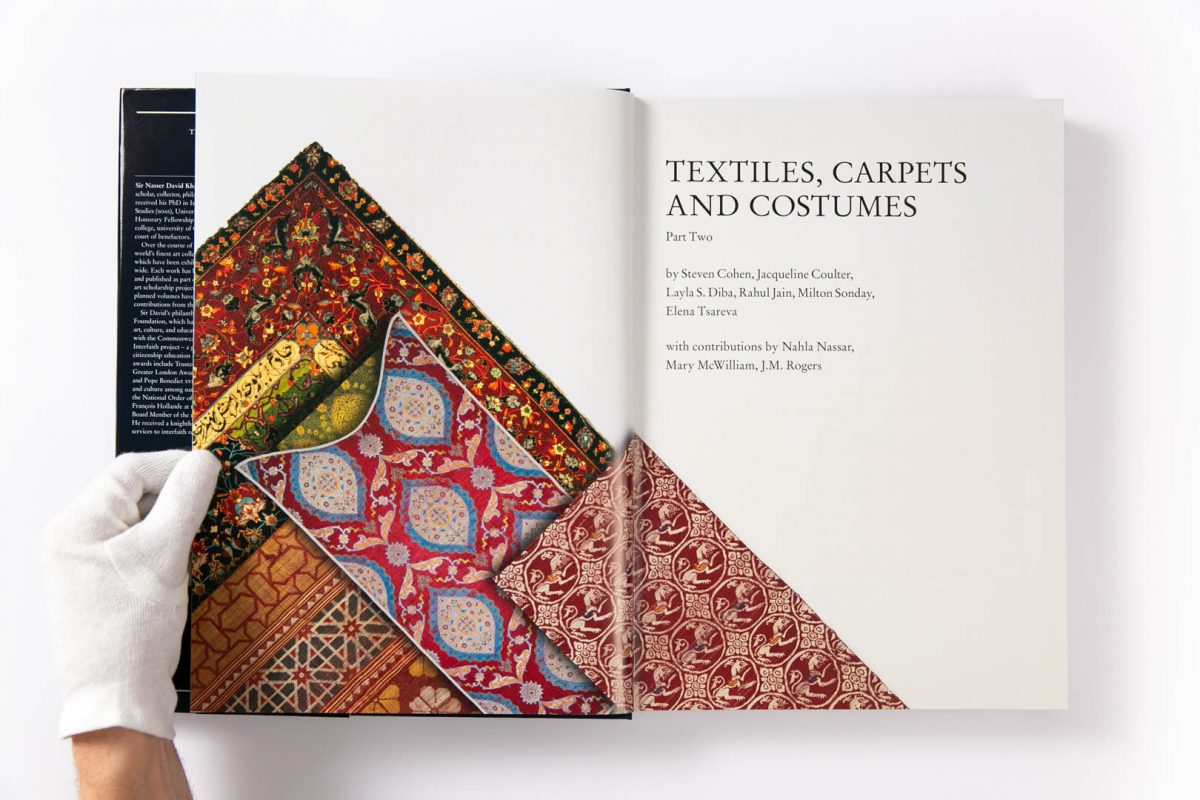
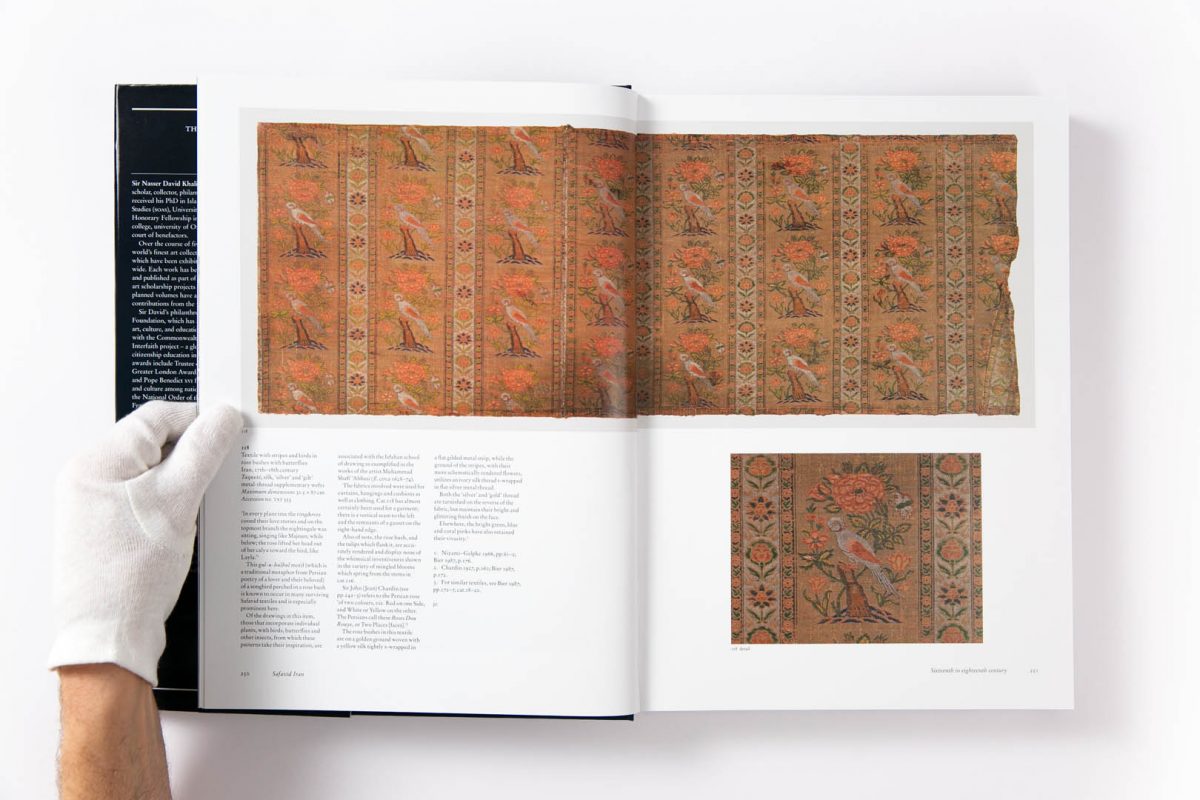
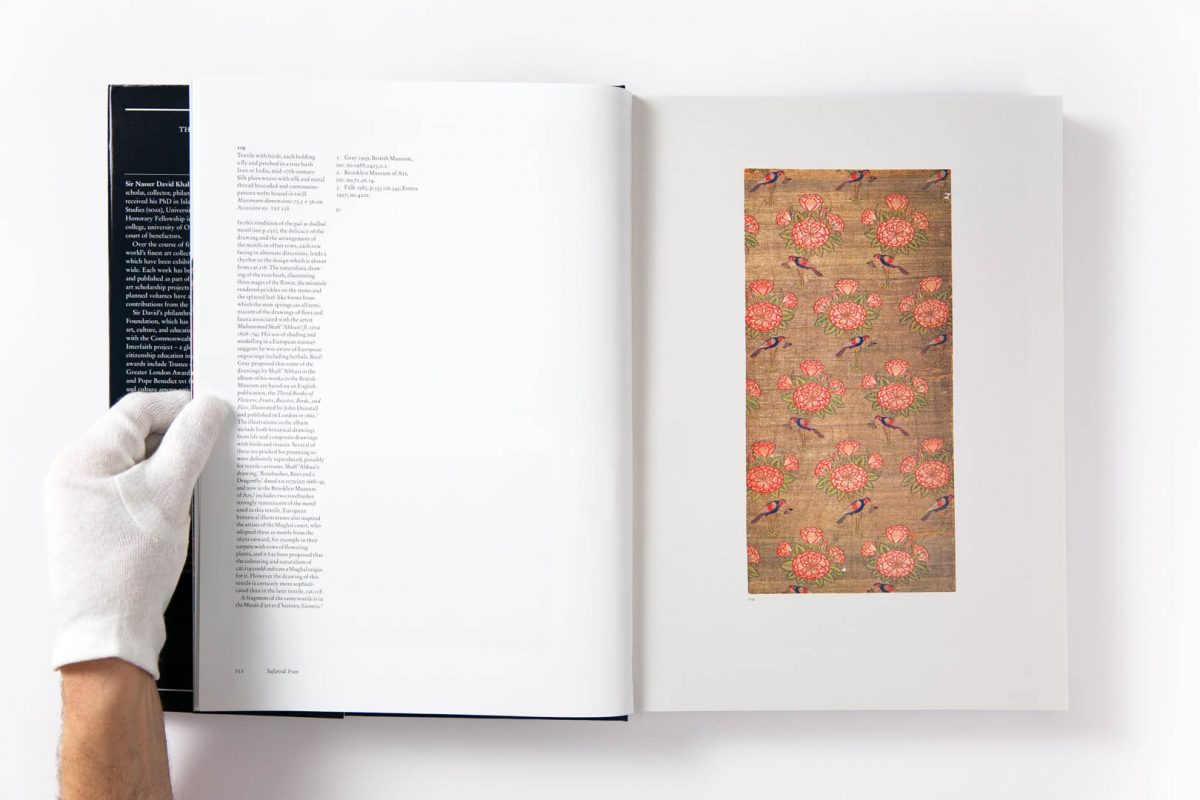
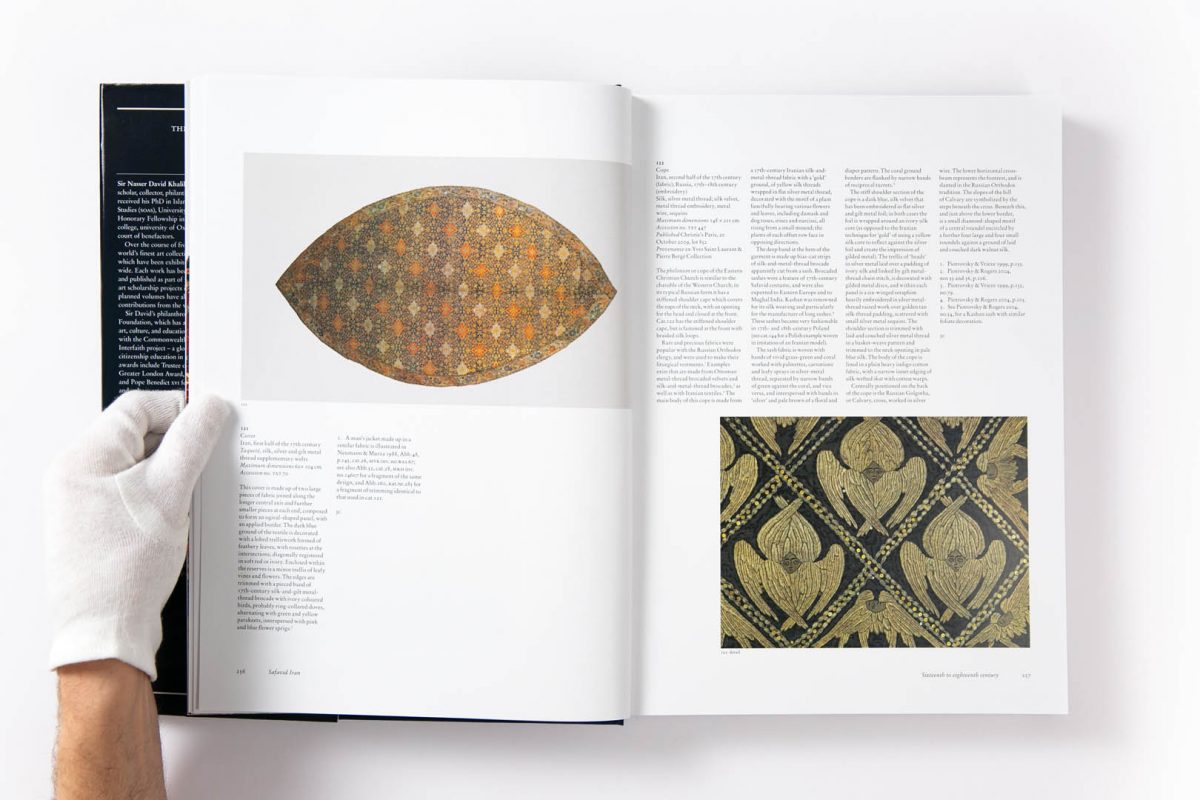
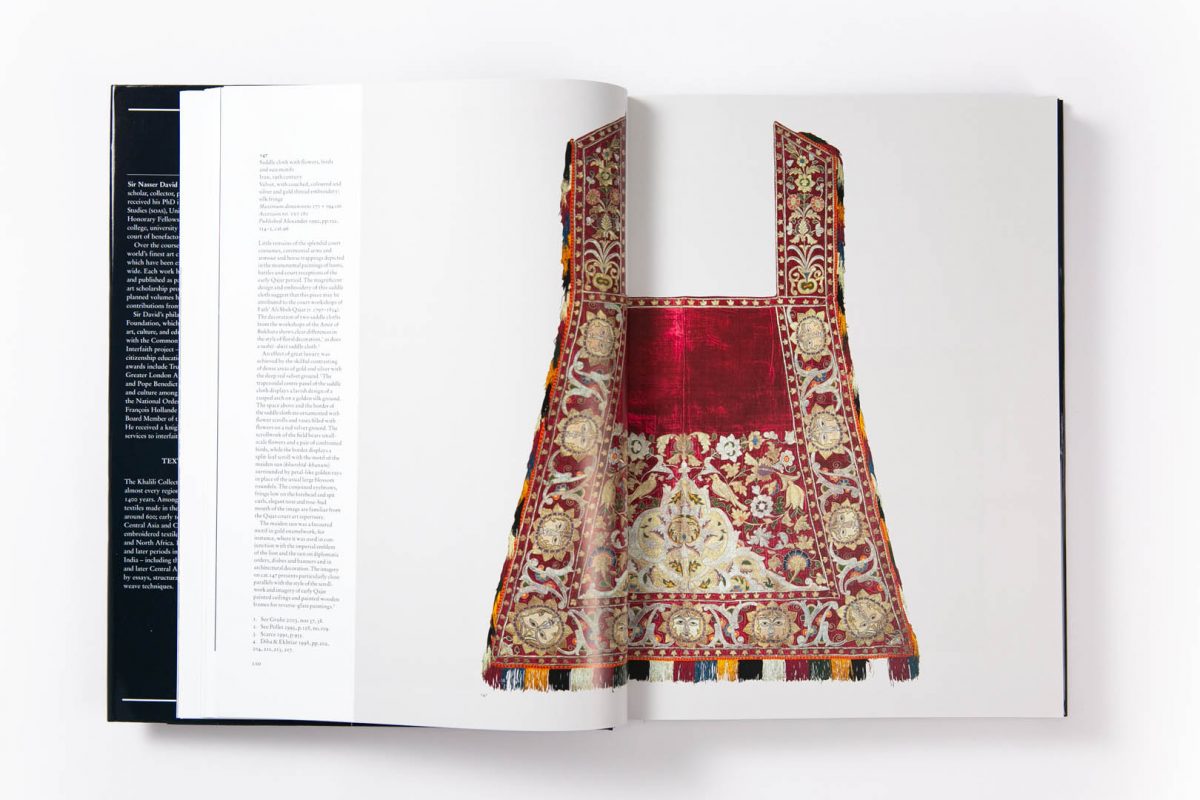
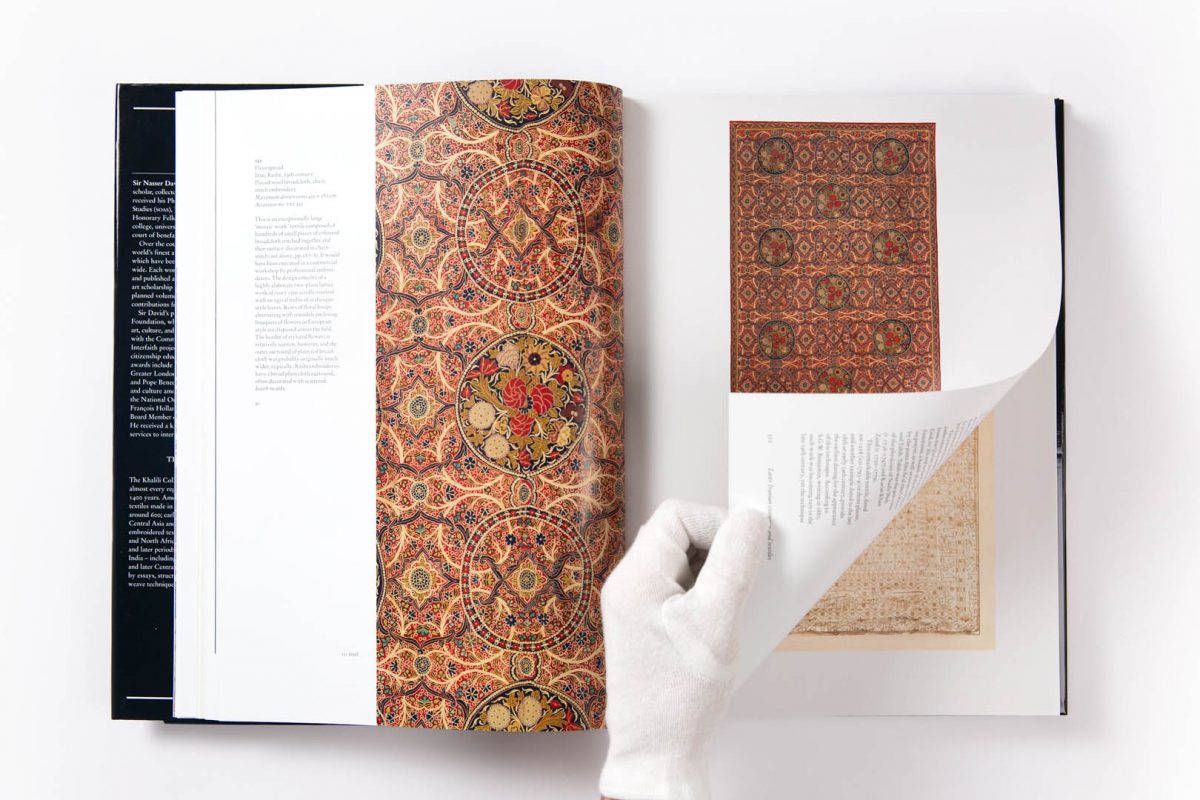
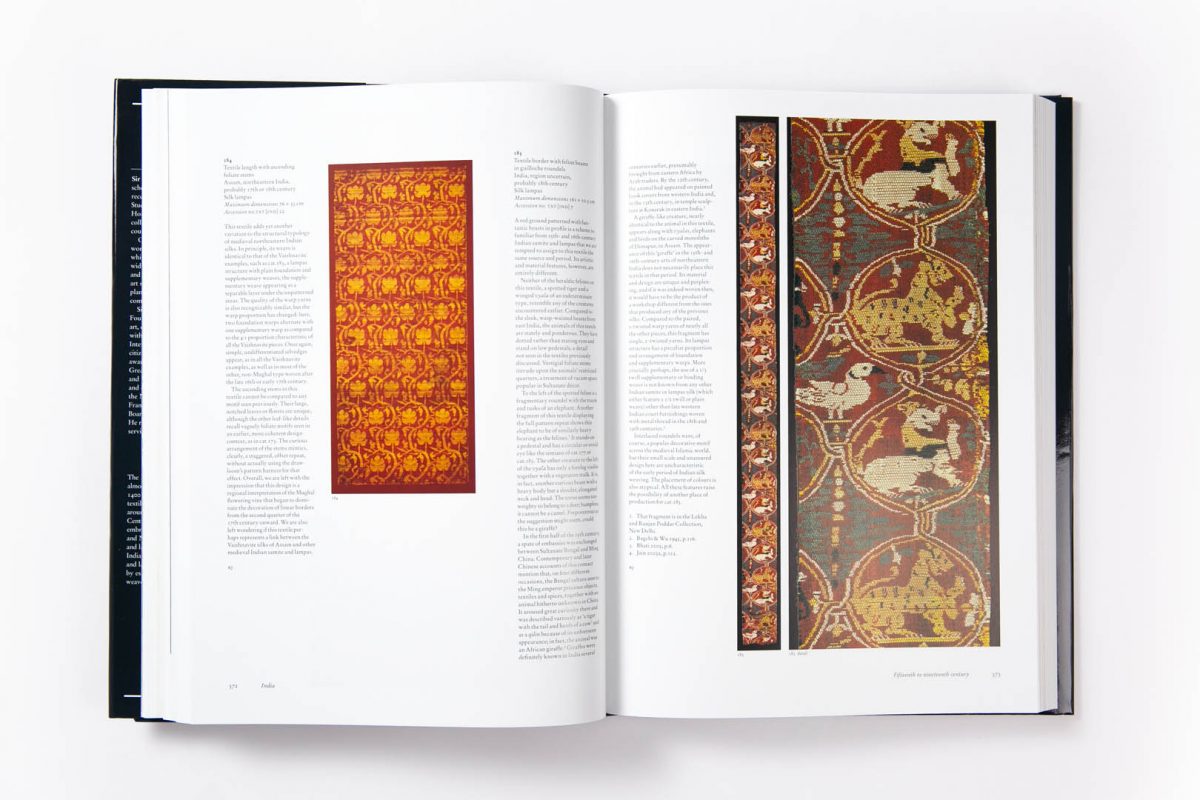
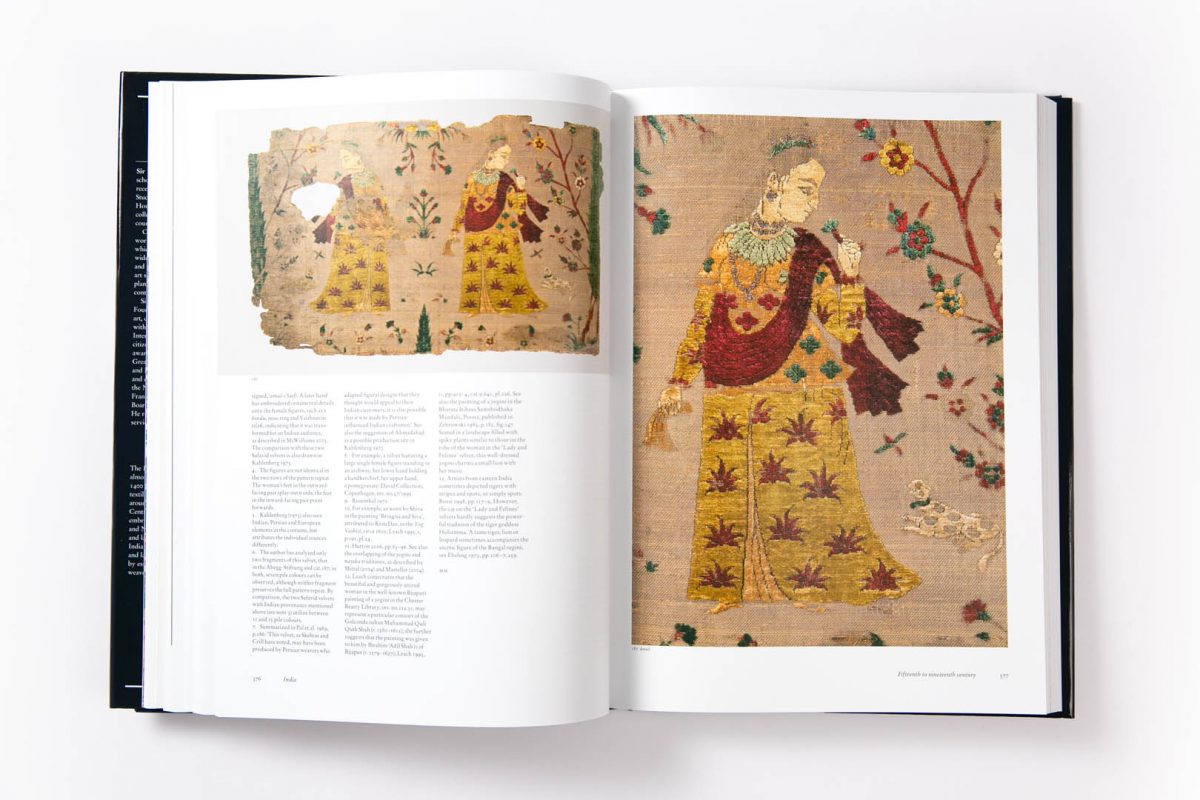
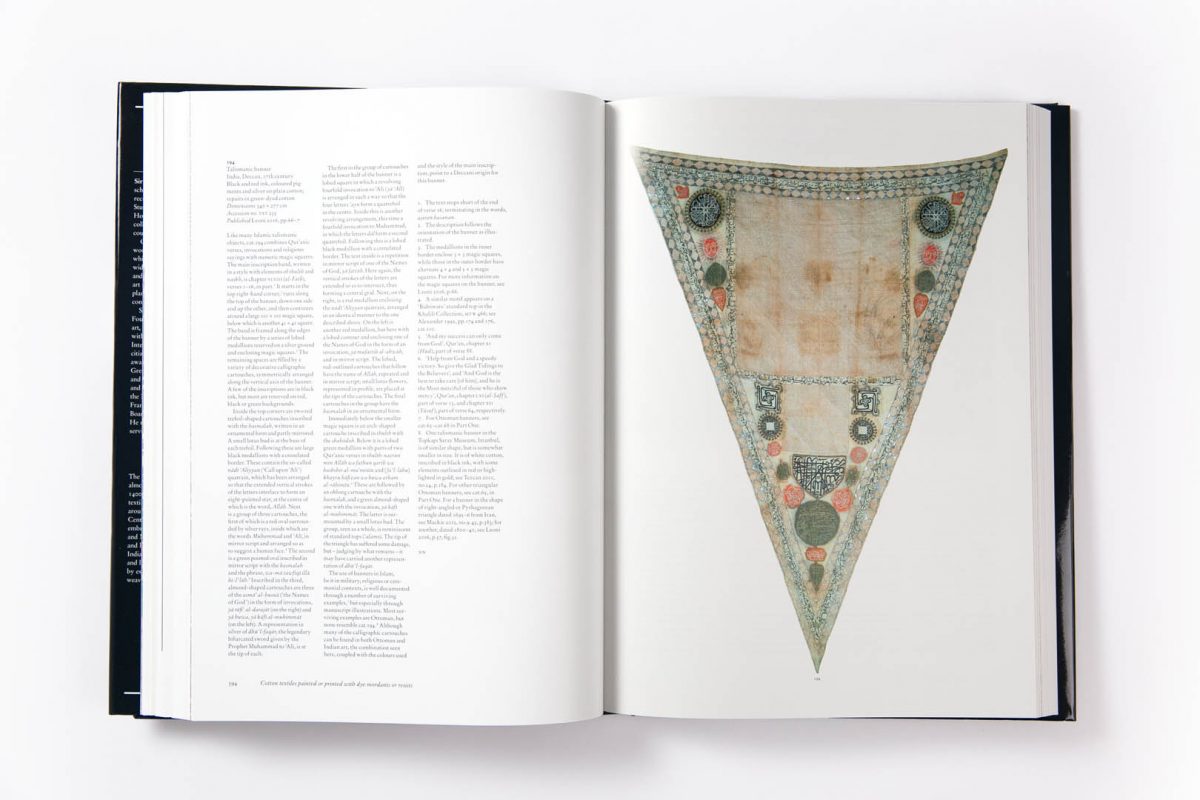
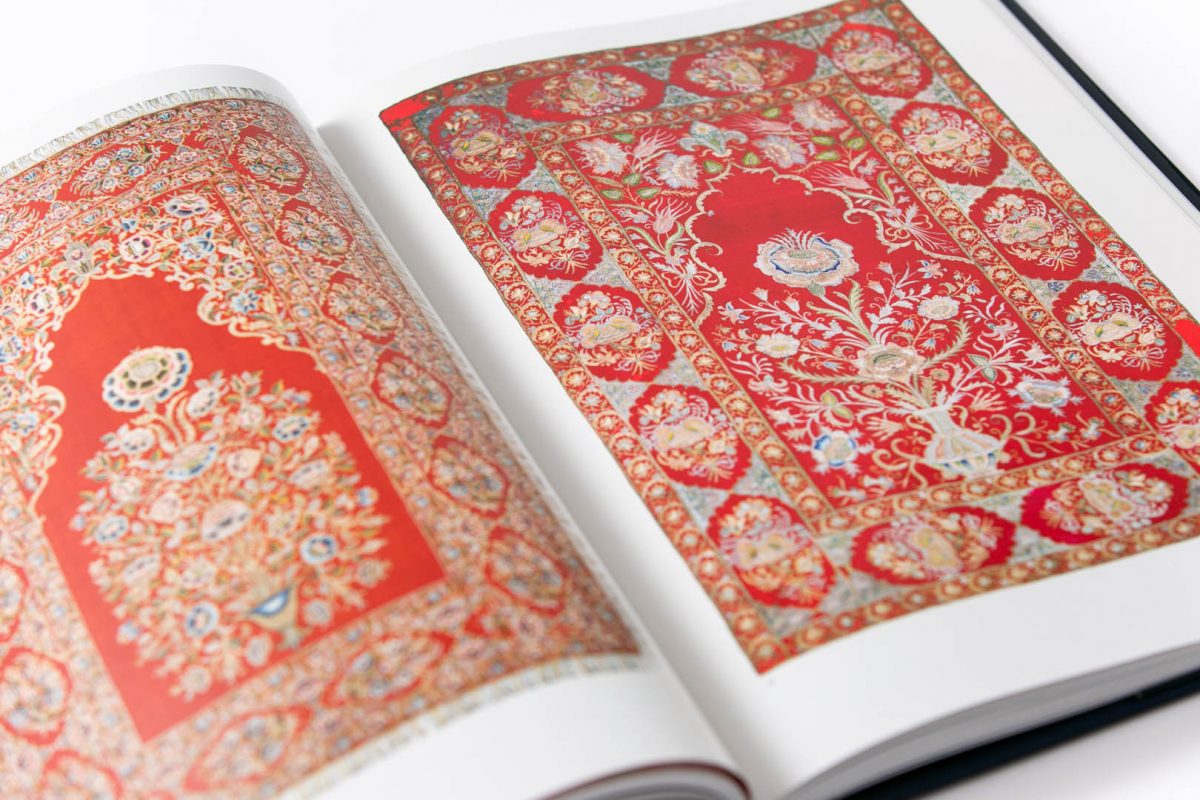
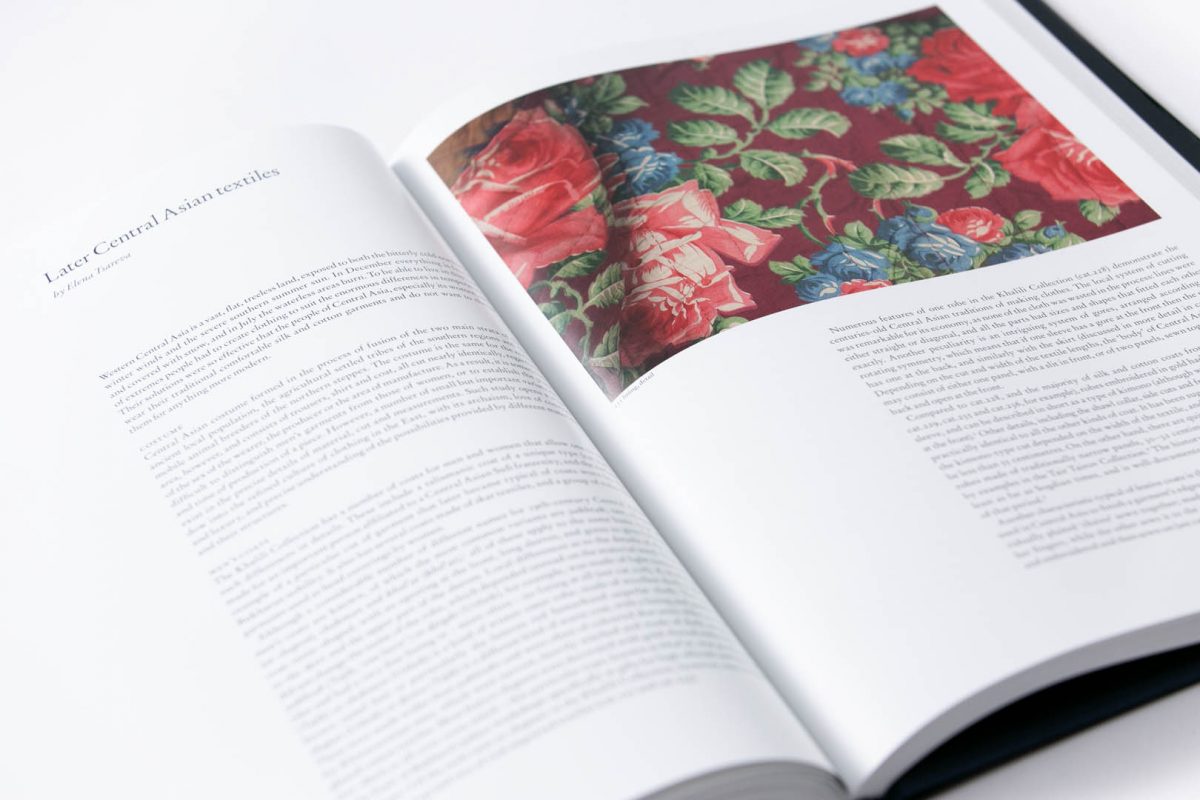
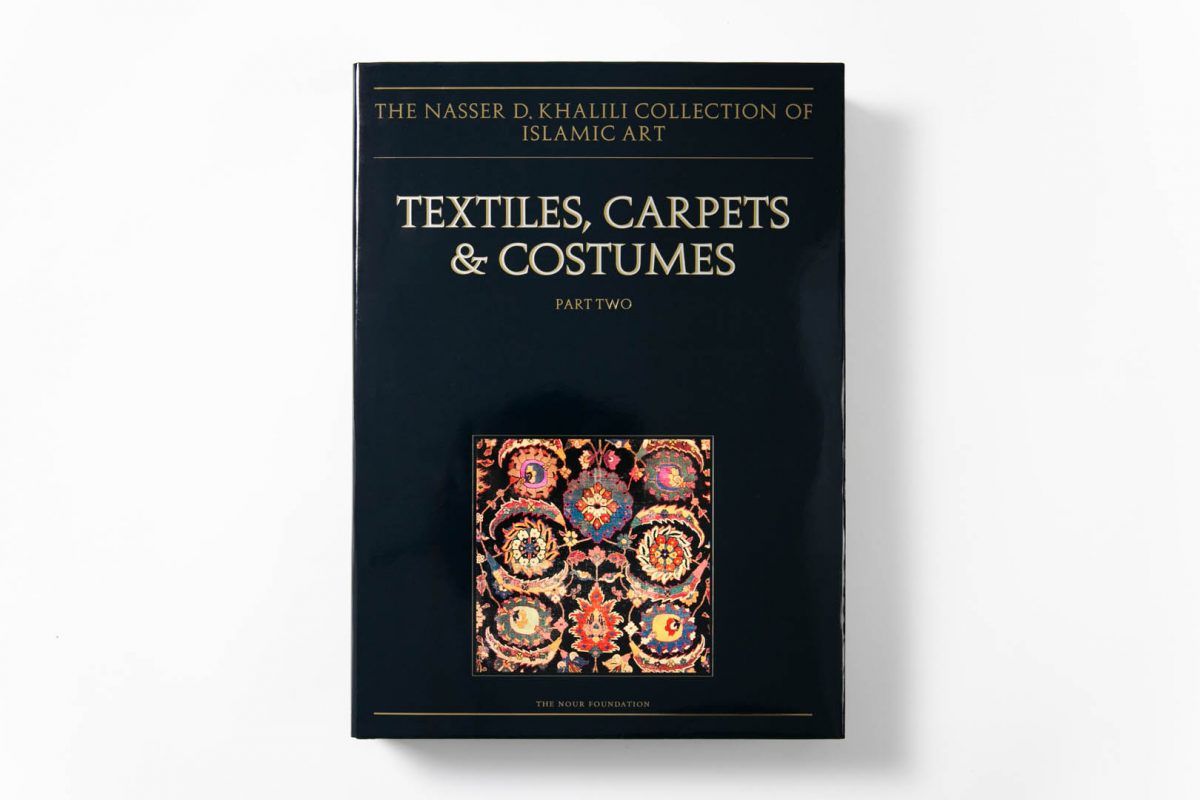
Please register your email to download a pdf of this book.